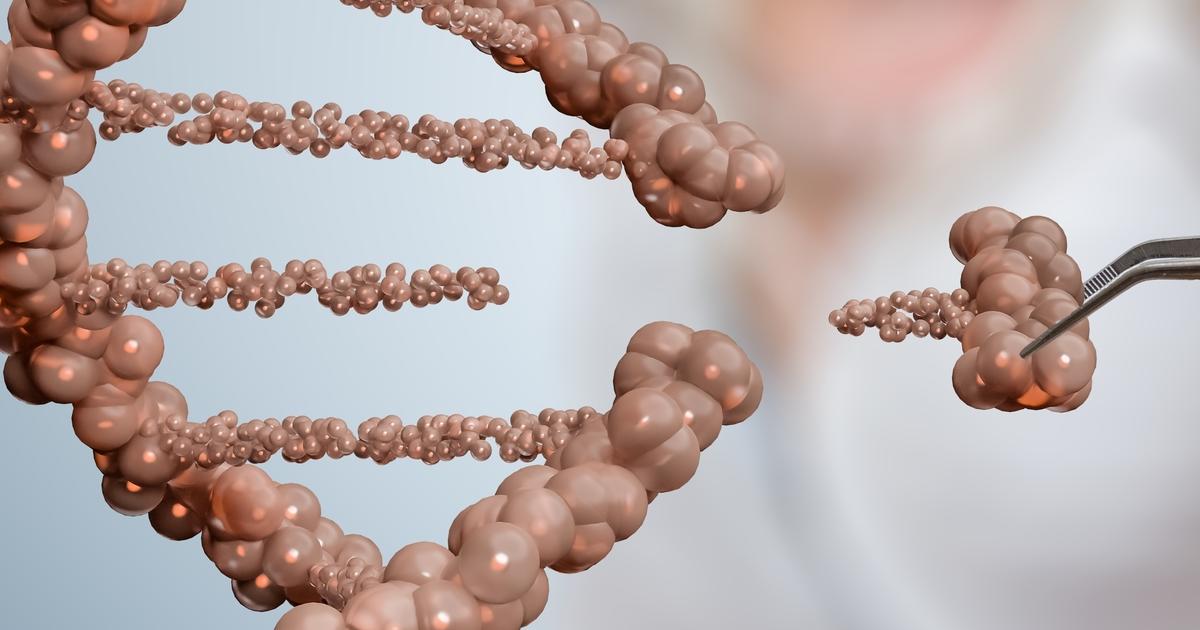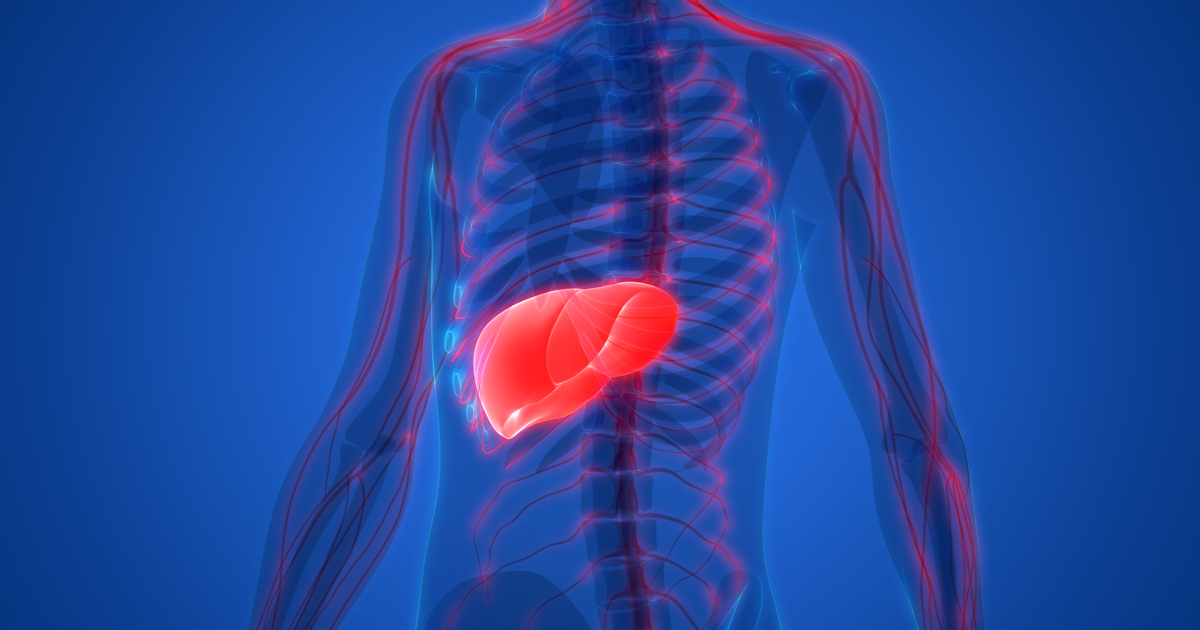Cirrhosis Of The Liver: Symptoms And Causes
Genetics

Cirrhosis of the liver may develop due to various genetic disorders. Hemochromatosis, also known as iron overload, occurs when iron builds up in the liver. Too much iron in the body can position organs and lead to cirrhosis. Wilson's disease occurs when copper is not properly eliminated from the body and accumulates in the liver, resulting in fatigue, swelling, uncontrolled movements, abdominal pain, and cirrhosis. Treatment includes medications that allow the copper to be released into the bloodstream where they can be eliminated from the body.
Bile Duct Blockage

The bile ducts are responsible for carrying a yellowish-brown fluid, called bile, secreted by the liver to the gallbladder through the pancreas and then to the small intestine. The bile ducts are especially important for breaking down food, and bile is needed to metabolize fats. In some cases, bile ducts become blocked due to disease or cancer, which results in cirrhosis of the liver. Symptoms may include white stools, jaundice, and itchy skin. Treatment typically includes surgery, chemotherapy, and radiation, if cancer is present.
